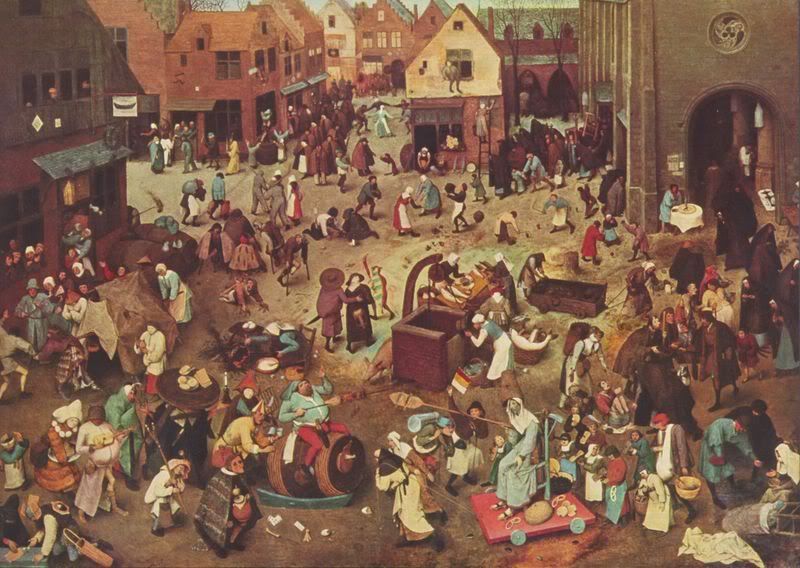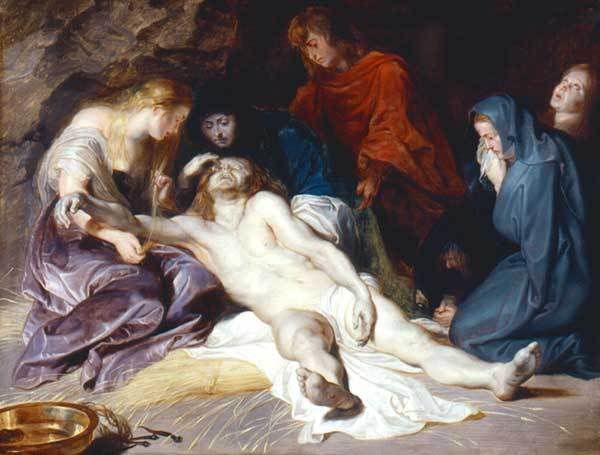August 11, 2007
Welcome to
Sherry, Laura and I woke up extremely early to make the 6:45 am train to
Budapest Keleti Railway Station
When we arrived at the Budapest Keleti (Eastern) Railway Station (on the Pest side), I exchanged some us dollars for Hungarian Forint… man the train station totally ripped me off. After obtaining a map of the city we headed out towards the city. I looked around and
We walked to Heroes' Square from the train station and took pictures…
Next, we paid a visit to the
After, we strolled along in a beautiful park and found a famous well-known restaurant, Gundel… The food was incredible and the service was excellent! A bit on the pricy side, but it was definitely worth it.
Me with my roast duck, carmelized baked apples with sourberry sauce.
We took the subway to the Opera House.
I bought neat little souvenirs from the small shop inside. It was really cool, except for the part where I didn’t have enough Forint and the place did not accept credit cards. But in the end, I paid with Euros.
The girls and I visited the Szt. István Bazilika… We couldn’t make our way inside since there was a wedding going on.
We made our way to the Széchenyi Chain Bridge. There was some kind of a festival going on with live entertainment and food vendors. It was so much fun.
From the bridge, we saw the Hungarian Parliament over looking the
Finally, we crossed the Chain Bridge and entered the side of Buda! Buda is much less Eastern Europe like than
We found a café called the Sisi Café around the evening time and had dessert and coffee. After we finished eating and drinking, we received the bill and the waitress woman tried to swindle us!!! She gave us a heck of a rough time with the bill. We ended up paying and just leaving.
With only half an hour left before the last train leaves to
August 10, 2007
Mozart’s
Following the Mozart lecture and continuing with the Mozart theme, Laura, Sherry and I walked across the street to dine at the Mozart Café.
(left to right) Laura, Sherry and I eating lunch at the Mozart Cafe.
Delicious warm and creamy Mozart cafe... Yummm.
There's ALWAYS room for dessert!!!
Around 7pm, the class went to see Mozart’s “Le Nozze di Figaro” at the Opernhaus. This was my first opera! It was such a blast getting all dressed up and attending a formal event. The opera was really wonderful; although, I was hoping to see something a bit more traditional. It was a modernized modern day version of the original “Le Nozze di Figaro.” The lady who played Cherubino was my favorite. She played a male character and pulled it off so well. I didn’t exactly understand what the characters were saying since the libretto was in Italian and the subtitles displayed were in German. It was truly a wonderful experience!
the lovely girls and I getting ready to go to the Opernhaus.
The anticipation before the show starts...
After “Le Nozze di Figaro,” a few of the students and I went to a gelato place in Stephansplatz and had sandwiches and ice cream! Delicious!
August 8-9, 2007
In class, we learned about the Protestant Reformation and the Catholic Counter-Reformation. I found connections between the lecture and the paintings at the

Peter Breugel, a Flemist artist, painted “The
This painting is a depiction of “The Last Judgment” (1565) by Frans Floris. Images of demons and hell present themselves in this painting. The depiction represents the resurrection, when Christ returns. Christ is beaconing with his right hand towards the heavens and all those who are rejected goes towards hell.

This painting by Peter Paul Rubens “The Lamentation” (1614) depicts Rubens concept of the Counter-Reformation. He concentrates on the passion and redemption of Christ.
During class we also studied on Martin Luther (1483-1536). Luther came from a second generation family in
After lecture and before heading to the
The next day was the visit to the United Nations and lecture on the IAEA!
The United Nations was first founded in 1957 and the first conference was held in
Memorial fountain of war veterans in front of the UN
One of the UN buildings
After the UN fun, Sherry, Laura and I headed off to the
Word of the day--- (g) Deutschstunde ; (e) German class
August 6-7, 2007
During class, we watched a short film on the Habsburgs (The Habsburgs, Part 2: Cross and Crescent). I learned that the Habsburg name is property of present day
A couple people from the class and I went to the Schatzkammer (Imperial Treasury) after class….
Rudolf II’s crown of
The Habsburg coat of arms
Saint relics are sacred embodiment of saints. The body parts/ remains of Saints are kept in elaborate ornamental cases that are displayed in churches all over
After visiting the Schatzkammer, the group went to the
The Blue Danube... so beautiful!
We were getting ready to get comfortable!
Me sitting back and relaxing... it felt so nice to be out near the Danube.
The next day was our trip to Melk Abbey! The class met up at 9am at Westbahnhof. Melk was about a 2 hour train ride from away from
Melk Abbey or Stift Melk was founded by Leopold I and was built in 1089. This Baroque Austrian Benedictine Abbey is educated through the rules of St. Benedict. The Rules of
The first words of St. Benedicts was Höre (listen)
A casket… During the Enlightenment reformation, people were buried in caskets for a few years. After a few years, the bodies were dumped in the ground by the lever on the coffin and the coffin is then reused. This was economically frugal, but the reformation didn’t last very long.
Melk is also known for it's fabulous library.
The Church is made of sage marble, which is more expensive and less cool than real marble.
For dinner, the whole class had dinner at the abbey restaurant. We did some wine tasting! We had a different wine for each dish (3 dishes total).
I always like to take pictures with my food! =]
0 comments:
Post a Comment